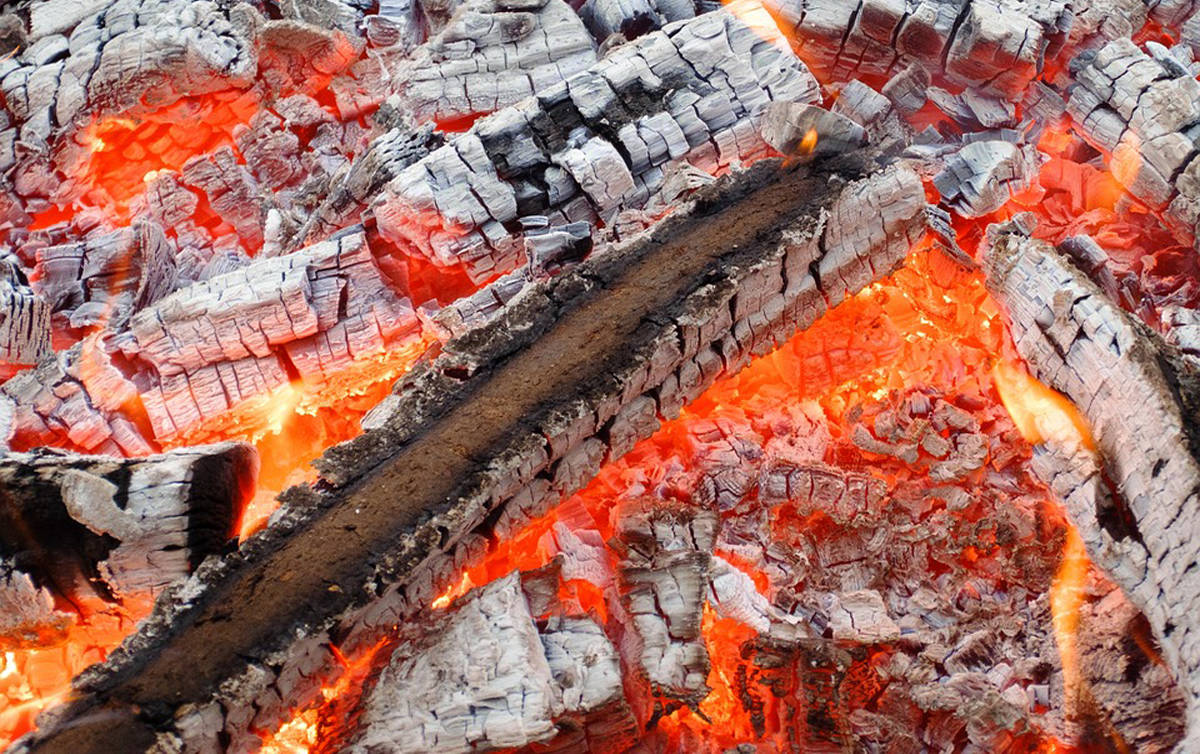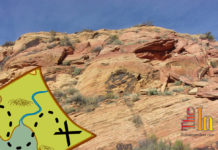 Due to increasing human caused wildfire activity, dry conditions, and high fire danger in southwest Utah and northwest Arizona, color country interagency fire managers are implementing additional fire restrictions beginning June 21. The following describes the restrictions implemented by each fire management agency in the Color Country Fire Management Area.
Due to increasing human caused wildfire activity, dry conditions, and high fire danger in southwest Utah and northwest Arizona, color country interagency fire managers are implementing additional fire restrictions beginning June 21. The following describes the restrictions implemented by each fire management agency in the Color Country Fire Management Area.
These are restricted lands in Washington, Iron, Beaver, Kane, Garfield, Mojave, and Coconino Counties:
—Unincorporated, privately owned, and state-administered lands (Utah Division of Forestry Fire and state lands). Incorporated towns and cities are not included in these restrictions. Local fire departments have more information on municipal restrictions.
—Bureau of Land Management lands (Utah/Arizona Strip).
—Dixie National Forest (Pine Valley, Cedar City, Powell, and Escalante Ranger Districts).
—National Park Service lands (Zion National Park, Bryce Canyon National Park, Cedar Breaks National Monument, Pipe Springs National Monument, Glen Canyon National Recreation Area, and Rainbow Bridge National Monument).
—Bureau of Indian Affairs lands (trust lands of the Shivwits, Cedar, Indian Peaks, and Kaibab Band Reservations).
The following acts are prohibited until further notice:
—Igniting, building, maintaining, or using a fire, including charcoal and briquettes, outside a fire structure provided by the agency within a designated area is prohibited. Campfires and charcoal fires are prohibited in Zion National Park’s Watchman and South Campgrounds. All developed recreation sites, campgrounds, picnic areas, and home sites that are maintained and administered by the agency and home sites where running water is present are allowed. Stoves and grills that are fueled solely by liquid petroleum fuels are also allowed. Campfires and charcoal fires are allowed Zion National Park’s Lava Point Campground. In Glen Canyon National Recreation Area, campfires are also permitted below the high-water mark of the lake in areas devoid of vegetation. Holders of Forest Service special use authorizations are exempt from the first restriction provided such fires are within a fire structure and are within their permitted area.
—Discharging, or using any kind of fireworks on unincorporated private land (always prohibited on state and federal lands).
—Operating or using any internal or external combustion engine without a spark arresting device properly installed, maintained, and in effective working order as determined by the Society of Automotive Engineers recommended practices J335 and J350.
—Detonating of explosives, incendiary or chemical devices, pyrotechnics, exploding targets, or tracer ammunition (always prohibited on federal land).
—Cutting, welding, or grinding of metal in areas of dry vegetation.
—Smoking except in an enclosed vehicle or building or a developed recreation site or areas of a minimum of three feet in diameter cleared down to mineral soil.
Lands not in fire restrictions are becoming increasingly dry, and fire danger is increasing daily. Campfires should be drowned before being abandoned, and all ignition sources should be kept a safe distance away from vegetation to mitigated unwanted wildfires.
Fire managers are continually evaluating the need for further fire restrictions. Please verify with your local land management agency before conducting any fire related activity in question. Information on fire restrictions affecting the Arizona Strip and Mohave and Coconino Counties can be found at firerestrictions.us/az.



